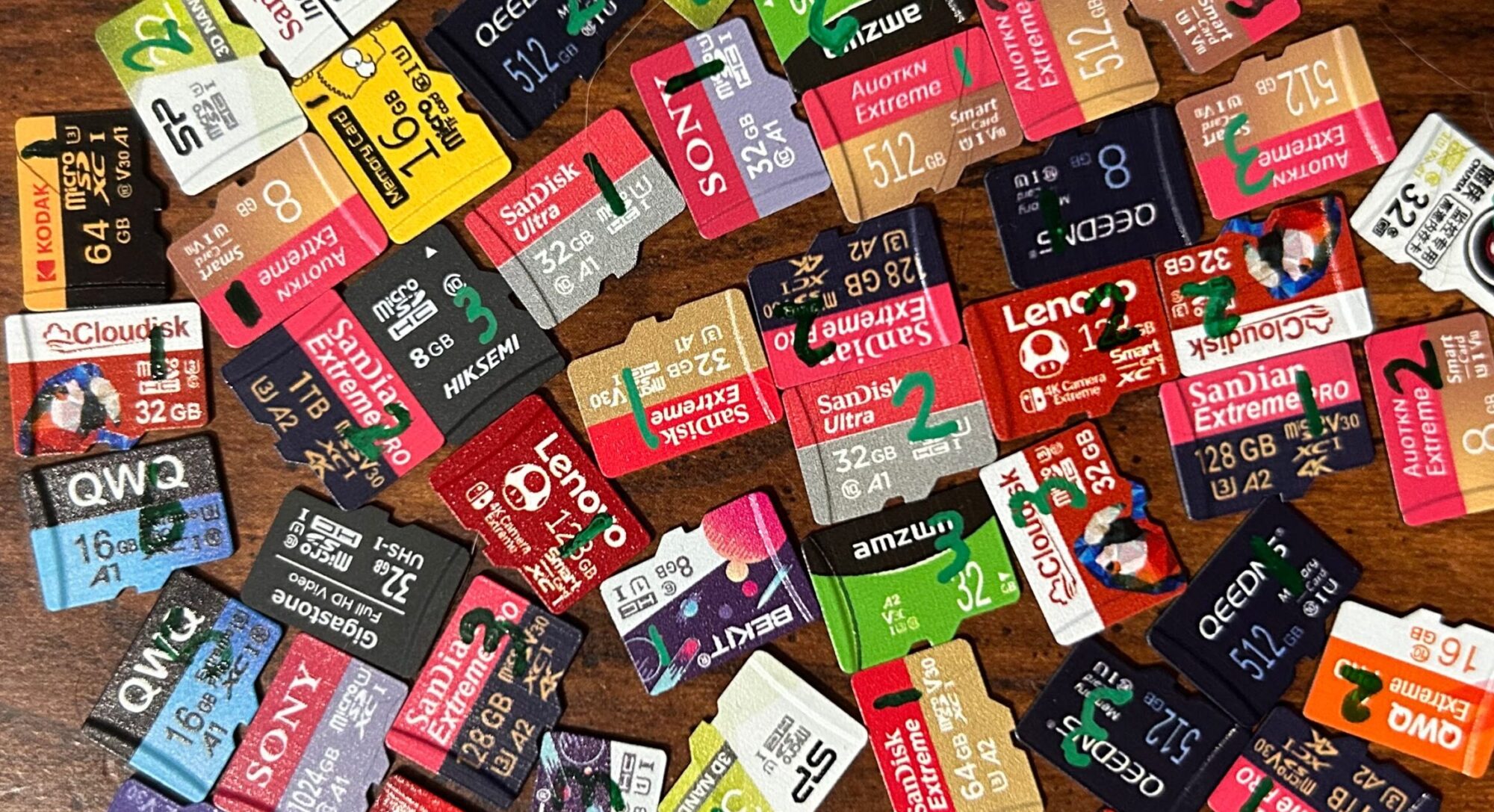Hiksemi is a brand that I discovered while browsing through microSD cards on AliExpress. Upon doing further research, I discovered that they’re the storage technology division of Hikvision. (Ok, cool — we have a major manufacturer on our hands.) I discovered them by sorting my search results by price from lowest to highest; the 8GB version came up as one of my results (as it was being sold for $0.01 — before shipping — at that point in time) — and after being impressed by how well that one performed, I decided to go back and try the 32GB and 128GB versions as well.
All performance metrics were above average, with sequential write speeds being well above average — they came in between the 84th and 87th percentiles for sequential write performance (as of the time of this writing). Sample #1 got slower sequential read speeds than the others — about 10MB/sec slower (although strangely, it’s going faster in endurance tests than the other two) — but this is still just a little bit above average. This card carries the V30 mark, and performance was more than enough to qualify for this mark.
On the endurance testing front:
- Sample #1’s first error was a four-sector wide address decoding error during round 2,273; it has survived 4,770 read/write cycles in total so far.
- Sample #2’s first error was a two-sector wide data verification error during round 110; it has survived 3,403 read/write cycles in total so far.
- Sample #3’s first error was an 8-sector wide data verification error during round 515. It has survived 2,798 read/write cycles in total so far.
Overall? These are not bad cards in terms of performance. Unfortunately due to their size, it’s going to take a while before I know how they do in terms of endurance. The good news is that all three of them have made it past the 2,000 read/write cycle mark; but on the other hand, all three of them are still below the average point of failure. I think I’m just going to have to wait before I draw any conclusions.
June 12, 2025 (current number of read/write cycles is updated automatically every hour)

